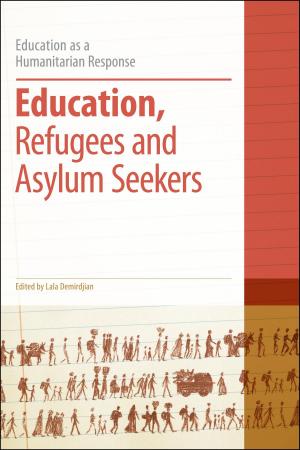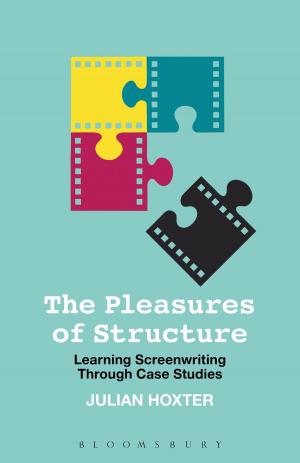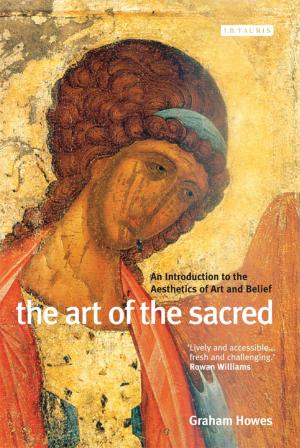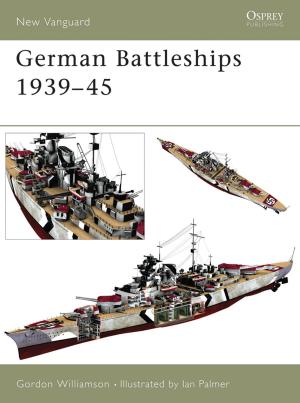Academic Vocabulary in Learner Writing
From Extraction to Analysis
Nonfiction, Computers, Advanced Computing, Natural Language Processing, Reference & Language, Language Arts, Linguistics| Author: | Magali Paquot | ISBN: | 9781441102195 |
| Publisher: | Bloomsbury Publishing | Publication: | October 1, 2014 |
| Imprint: | Bloomsbury Academic | Language: | English |
| Author: | Magali Paquot |
| ISBN: | 9781441102195 |
| Publisher: | Bloomsbury Publishing |
| Publication: | October 1, 2014 |
| Imprint: | Bloomsbury Academic |
| Language: | English |
Academic vocabulary is in fashion, as witnessed by the increasing number of books published on the topic. In the first part of this book, Magali Paquot scrutinizes the concept of 'academic vocabulary' and proposes a corpus-driven procedure based on the criteria of keyness, range and evenness of distribution to select academic words that could be part of a common-core academic vocabulary syllabus.
In the second part, the author offers a thorough analysis of academic vocabulary in the International Corpus of Learner English (ICLE) and describes the factors that account for learners' difficulties in academic writing. She then focuses on the role of corpora, and more particularly, learner corpora, in EAP material design. It is the first monograph in which Granger's (1996) Contrastive Interlanguage Analysis is used to compare 10 ICLE learner sub-corpora, in order to distinguish between linguistic features that are shared by learners from a wide range of mother tongue backgrounds and unique features that may be transfer-related.
Academic vocabulary is in fashion, as witnessed by the increasing number of books published on the topic. In the first part of this book, Magali Paquot scrutinizes the concept of 'academic vocabulary' and proposes a corpus-driven procedure based on the criteria of keyness, range and evenness of distribution to select academic words that could be part of a common-core academic vocabulary syllabus.
In the second part, the author offers a thorough analysis of academic vocabulary in the International Corpus of Learner English (ICLE) and describes the factors that account for learners' difficulties in academic writing. She then focuses on the role of corpora, and more particularly, learner corpora, in EAP material design. It is the first monograph in which Granger's (1996) Contrastive Interlanguage Analysis is used to compare 10 ICLE learner sub-corpora, in order to distinguish between linguistic features that are shared by learners from a wide range of mother tongue backgrounds and unique features that may be transfer-related.















